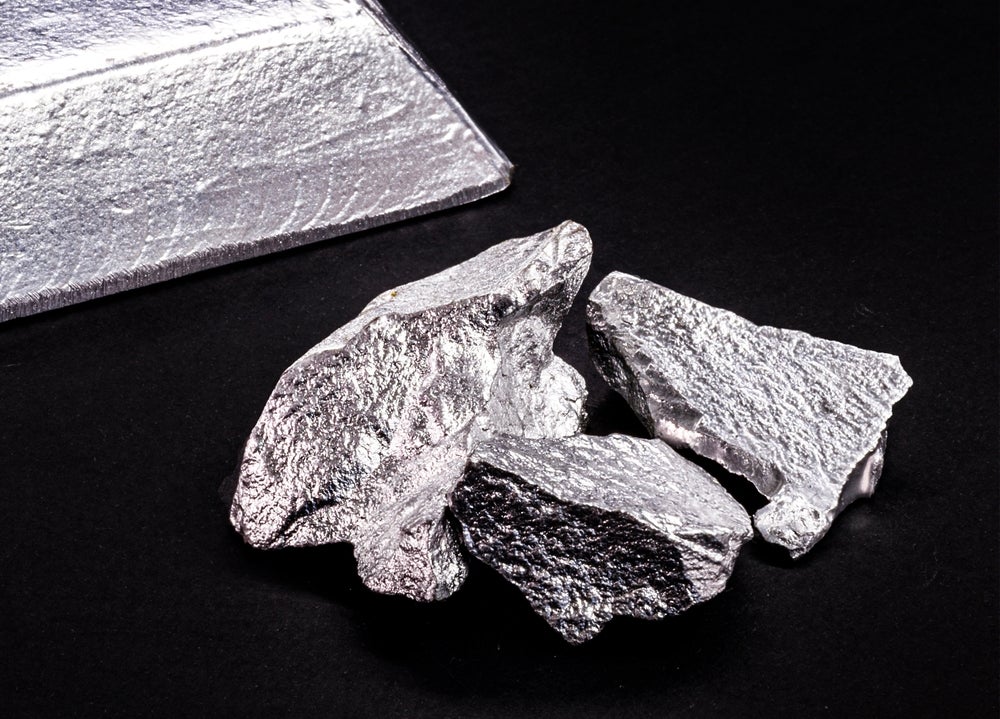A new report by the Australian Aluminium Council (AAC) asserts that the industry needs rapid access to competitive energy and designated critical mineral status to access global capital and remain competitive.
AAC CEO Marghanita Johnson stated: “Australia is one of the very few countries anywhere in the world with a complete mine-to-market aluminium supply chain. But this is now at risk from disruptions and interruptions caused by the challenges in the energy transition, uncertain environmental approvals and uneven global competition.”
Aluminium is a critical component of green technologies such as solar panels, batteries and electric vehicles. The metal is a derivative of bauxite, of which Australia is a leading global producer, holding 11.7% of global total bauxite reserves.
According to the AAC, the aluminium sector provides more than 20,700 direct and 55,000 indirect jobs and contributes more than A$18bn to Australia’s economy, with an annual export revenue in excess of A$15bn.
Based on the AAC’s modelling of a hypothetical scenario, the economic impact of the closure of a single bauxite mine in Western Australia that employed approximately 600 people could lead to loss of 10,000 indirect jobs and a A$2.7bn reduction to gross domestic product (GDP).
Some government support has been allocated to the aluminium industry, such as the Queensland Government’s recent partnership with Rio Tinto to fund the long-term future of Australia’s second-largest aluminium smelter, BSL.
To further strengthen sustainable aluminium production and innovation, the AAC recommended that the government should streamline environmental regulatory processes, maintain robust trade remedies and implement a coordinated approach to energy planning across jurisdictions to support the development of green metals.
Additionally, the AAC reiterated its call for the government to add bauxite, alumina and aluminium to the Australian critical minerals list.
“With the right settings, the industry can continue to play a pivotal role in the national economy and the country’s industrial landscape, just as it has done since 1955,” Johnson concluded.









